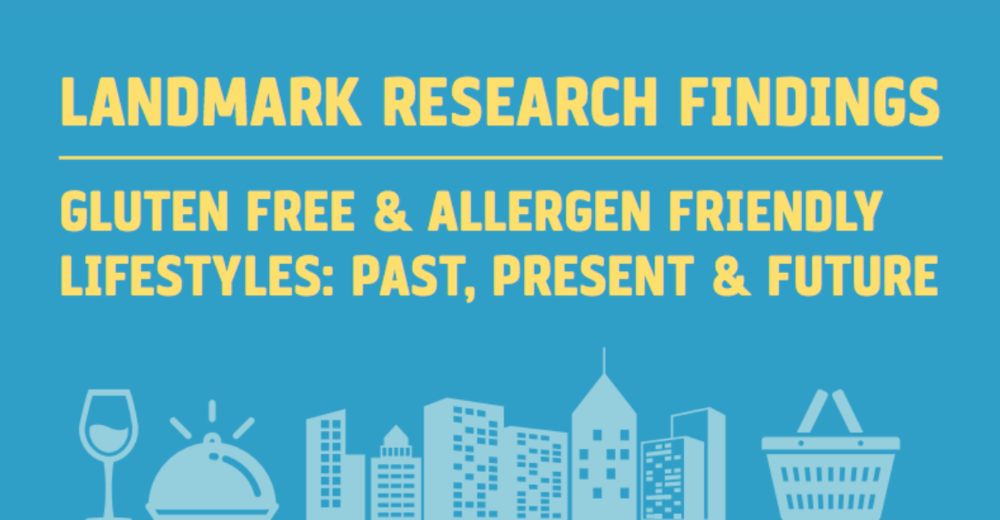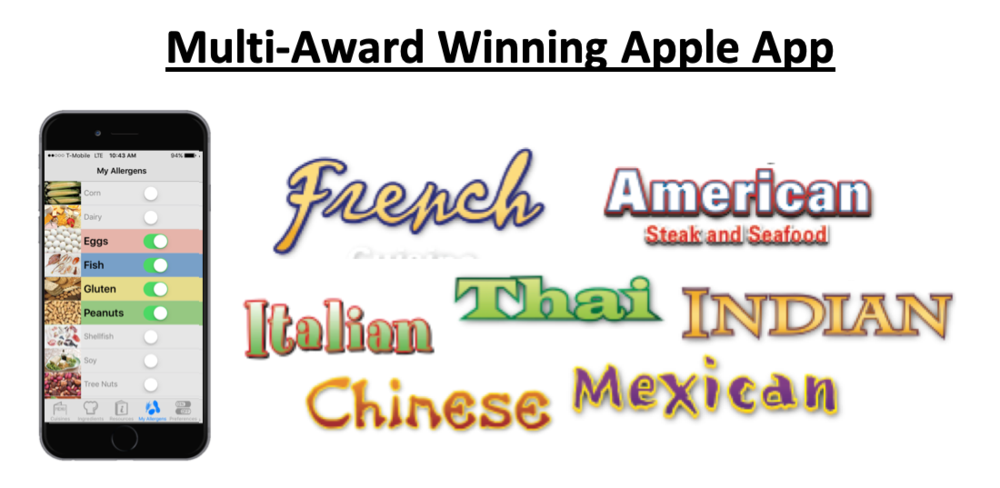- TRAVEL SHOP »
- AMERICAS »
- EUROPE »
- WORLD »
- FOOD ADVICE »
- BUSINESS SERVICES »
- ABOUT »
Cart Summary
Traveling Gluten Free?
-
Austria Gluten Free Travel Bundle


-
Czech Republic Gluten Free Travel Bundle


-
Europe Gluten Free Travel Bundle


-
France Gluten Free Travel Bundle


-
Germany Gluten Free Travel Bundle


-
Greece Gluten Free Travel Bundle


-
Ireland Gluten Free Travel Bundle


-
Italy Gluten Free Travel Bundle


-
Latvia Gluten Free Travel Bundle


Follow Us On Instagram @GFAFPassport
American Express
Discover
Mastercard
PayPal
Visa
Copyright © 2025 Gluten & Allergy Free Passport.





























